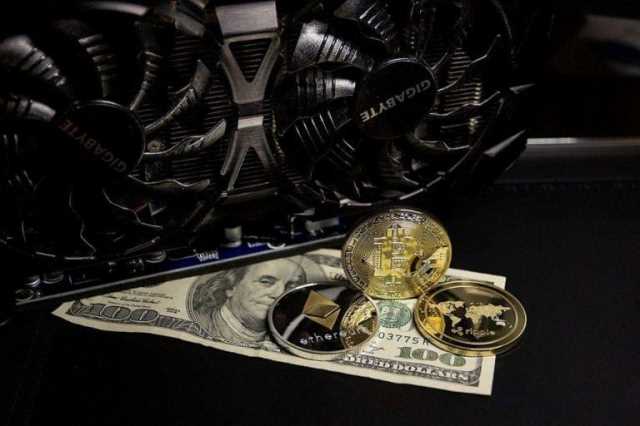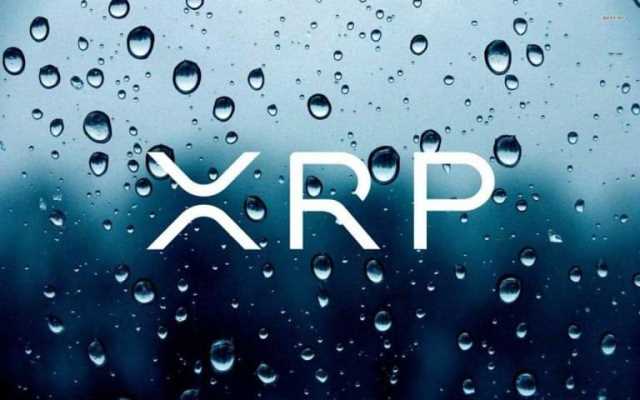
The first block of the Bitcoin blockchain is called the Genesis block. Most cryptocurrencies that use the term “proof-of-work” can theoretically be mined. Some Bitcoin alternatives, or altcoins, include Litecoin and Dogecoin. There are some — including Monero — that can be mined using a home computer. Others require ASICs, and some rely on GPUs — “graphics processing units” originally developed for gaming and other heavy-duty applications. Bitcoin, like many other blockchain technologies, is decentralized, meaning no one entity controls the network or keeps a central account of users’ balances.
How Much Does It Cost to Mine a Bitcoin?
- For a hacker to take control of the blockchain, to commit fraudulent charges, and to steal Bitcoin, they’d have to control over 51% of the network.
- The following will provide a more in-depth guide to the operations of Bitcoin miners.
- By most definitions, money is any item that acts as a way to exchange value in an economy, stores value or is generally accepted.
- When earning bitcoins from mining, they go directly into a Bitcoin wallet.
- Current hobbies include learning to shoot 35mm film, building Spotify playlists, and working his way through that menacing TBR stack on the nightstand.
Mining pools are groups of miners that combine their computational power to compete with large ASIC mining farms. In simple words, if more miners will compete, the harder it would be to solve the puzzle. This arrangement was done to maintain the stability and create a steady flow of new Bitcoins to keep inflation in check. The mining difficulty is set that on an average a new block will be added in every ten minutes. Mining Bitcoins in a pool with combined computation power also promotes efficient mining with reduced mining difficulty to solve a block. This also promotes the participation of small miners to have a chance of earning Bitcoin, even though they will only receive a certain part of the reward.
How Are Mining Rewards for Bitcoin Calculated?

Some of the popular options available include Ledger wallets and Coinomi wallets. However, there’s no concerted global template on crypto mining, although discussions are ongoing. A typical pro-crypto country is Latin American nation El Salvador, currently harnessing volcanic energy to mine cryptocurrencies like Bitcoin. This stands in contrast with the leanings of the U.S., which is yet to pick a side despite being one of the largest crypto markets in the world. The new block is then vetted to see if all transactions are valid, i.e., if there’s no double spend in the broadcasted node. A double-spend occurs when the same Bitcoin is spent twice due to a malicious attack that alters records on the blockchain.
Why Mine Bitcoin?
This helps maintain the integrity of the ledger and weed out discrepancies. And because Bitcoin uses the blockchain instead of a conventional bank, there needs to be a way to keep track of transactions without allowing any one person to fake or hide them. That’s why having multiple simultaneous copies of the ledger is so important. Solving proof-of-work equations helps verify transactions on the blockchain by adding them to the record. You probably understand how Bitcoin is bought and sold on a marketplace, but it’s more complicated when we talk about how digital coins are created.
- The management company also has relationships with ASIC producers in order to get favorable prices on mining ASICs.
- The reward rate also gets cut in half for every 210,000 blocks added to the blockchain.
- The price of bitcoin is highly volatile, so the value of this mining incentive can vary significantly.
- Some have predicted that all bitcoins will be mined a few years after 2100.
- I do not recommend using a web wallet, as this is the least safe option.
What Are Hashrates in Bitcoin Mining?
Over the past two decades, he’s reported on energy, cannabis, mining, agriculture and commercial fishing from the Americas, Europe and Asia. The Wall Street Journal, Barron’s, U.S. News & World How does Bitcoin mining work Report, New Scientist, VICE and other publications have featured his work. Get personalized, technology-powered financial plans reviewed by a Certified Financial Planner™ for only $11.99/month.
- Their goal is to do this repeatedly until they can create a valid hash.
- The next phase involves configuring your mining software, which requires certain technical know-how.
- This massive computational effort consumes a significant amount of electricity, which has raised concerns about the environmental impact of Bitcoin mining.
- You should run some calculations and see if Bitcoin mining will actually be profitable for you.
- For most of Bitcoin’s history, the average block time has been about 9.7 minutes.
- More specifically, a mining node is responsible for collecting unconfirmed transactions from the memory pool and assembling them into a candidate block.
Each time a miner solves an equation and receives a block to verify, they receive a Bitcoin mining reward. The current reward for mining a block is 6.25 BTC, which currently equates to almost $200,000 (give or take a few thousand with coin price fluctuations). So it’s safe to say that mining Bitcoin can be an incredibly lucrative venture.
Be careful and only choose well-known mining pools with a good reputation, though! Of course, they charge a fee, but it’s normally quite small (1-3%). Miners are paid in bitcoin every time they add a block to the blockchain. The price of bitcoin is highly volatile, so the value of this mining incentive can vary significantly. Bitcoin solves this by leveraging a consensus mechanism, an algorithm that determines which transactions take place on the network. More specifically, Bitcoin uses a mechanism called proof-of-work.

How Long Does It Take To Mine One Bitcoin?
You contact the management company running the colocation mine, and purchase ASICs through them. Finally, the management company employs workers to make sure the ASICs run smoothly while keeping the location safe from thieves. Mining hardware is now only located where there is cheap electricity.
“A lot of these bitcoin miners are just talking about how they can do AI when in reality they aren’t able to do it,” Foxley told CoinDesk. Despite some hurdles, learning how to mine Bitcoin is still an intriguing and potentially lucrative opportunity for some. With the right equipment, it’s possible to validate enough transactions to earn actual Bitcoin tokens. Even if you invest in some serious Bitcoin mining ASICs, mining itself keeps getting more complex and competitive.
